JohnQuixote
Ideal_Rock
- Joined
- Sep 9, 2004
- Messages
- 5,212
To further this point, while we shouldn’t expect to see hearts, arrows or bunnies, we can expect that aiming mirrors more precisely at each other will have a positive result... Strm, at the AGS presentation Peter stressed that, in emerald cuts, pointing the corners at each other improves performance.Date: 6/12/2006 5:46:24 PM
Author: Paul-Antwerp
2. The H&A-view of a princess will show you its symmetry. Do not look for arrows, or hearts, look for a symmetrical built-up. Symmetry is always the key to light performance. I am sure that non-symmetrical light performance exists, but cutting planned asymmetry is extremely difficult and unlikely.
Chalk another one up for the optical symmetry pundits (we’re the ones in the white hats).

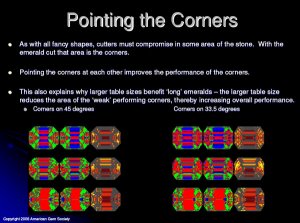






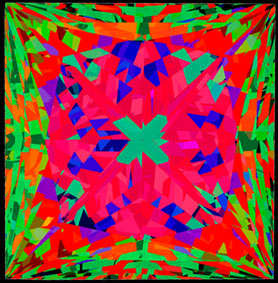
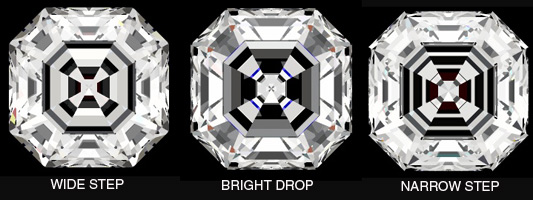








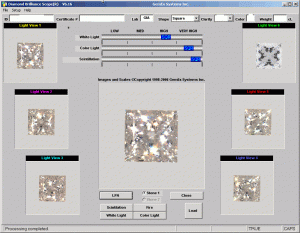
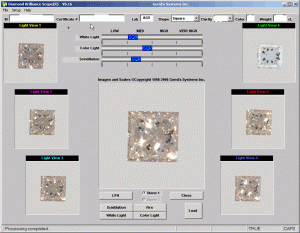


300x240.png)